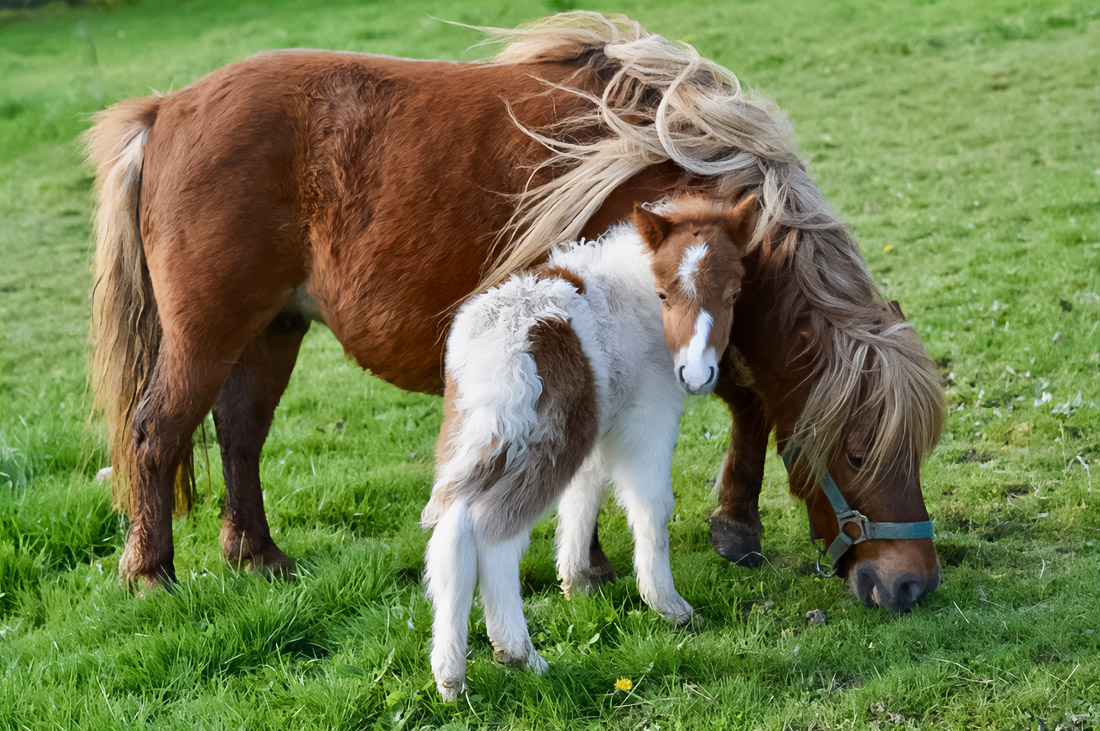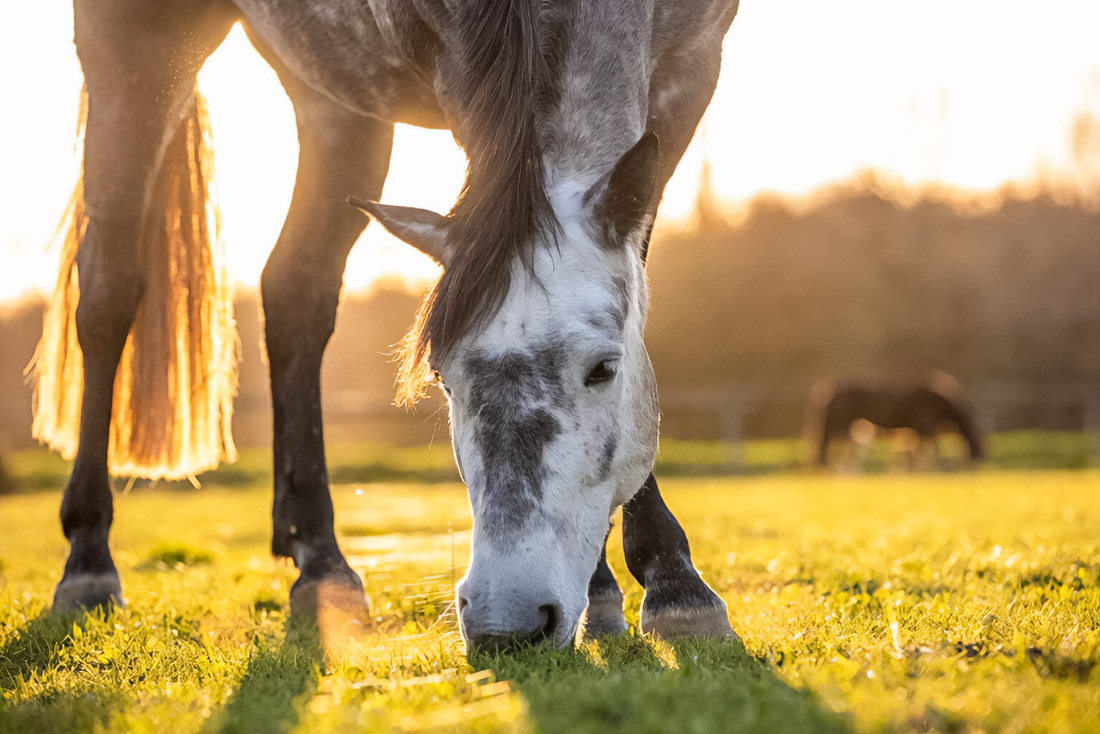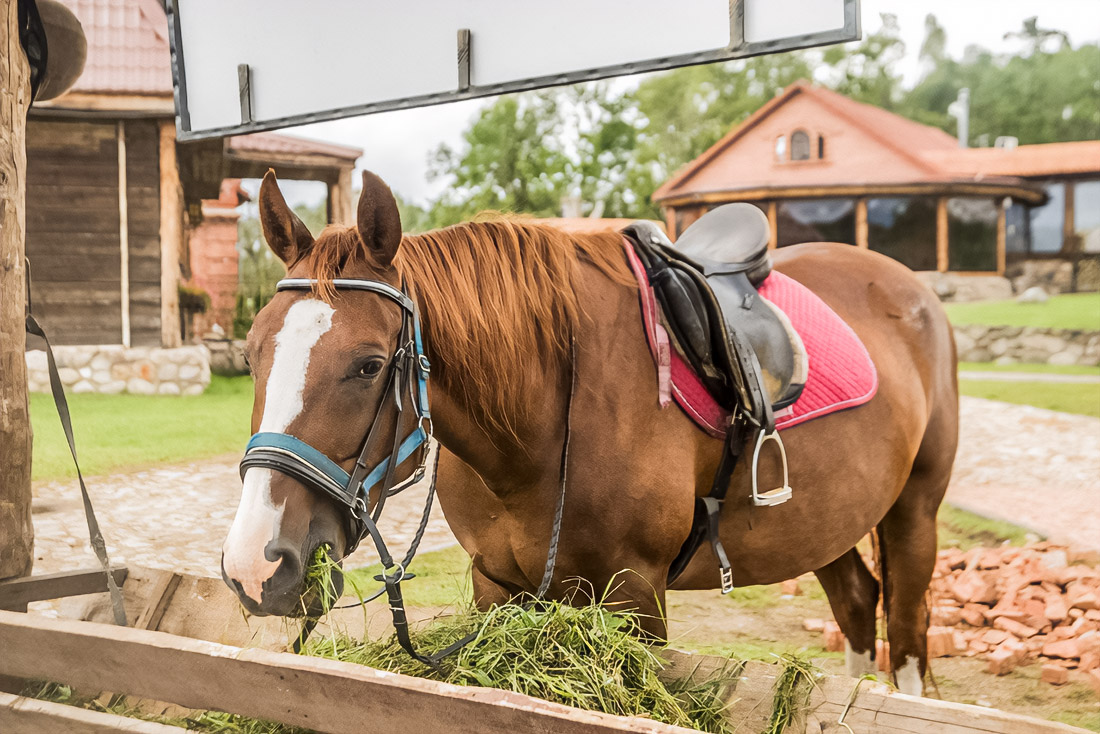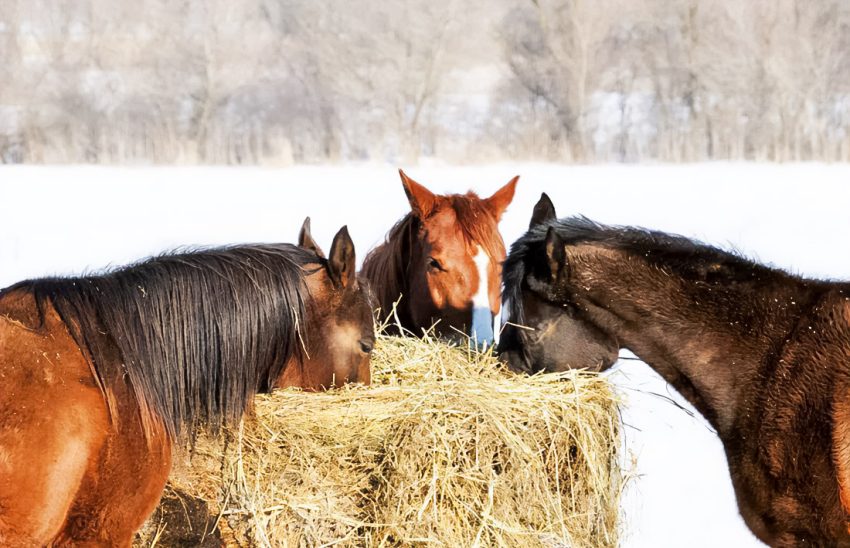In the Gulf, heat can linger for weeks, and in the UAE the dry desert air magnifies each day’s intensity. Warehouses often spike at noon as sun-loaded roofs and walls radiate stored energy. Under these conditions, concentrates and equine rations are the first to suffer. Mycotoxins do not wait long; they activate fast, spread quickly, and can compromise entire batches if no control is in place.
Why This Matters for Horse Feed in the UAE

Equine health is highly sensitive to feed quality. Heat and residual humidity accelerate mold growth in cereal-based concentrates and forage blends. Fumonisins, aflatoxins, and other toxins undermine gut integrity, reduce feed conversion, and can trigger costly performance setbacks. For buyers working with a horse feed supplier, consistent control of temperature, moisture, and storage time is the difference between safe nutrition and avoidable risk.
Heat Stress and Water Activity Control

Risk rises when heat, residual humidity, and stagnant air overlap. At 45 degrees Celsius, even short thermal peaks riding on high water activity accelerate mold growth and toxin accumulation. Small operational slips appear harmless, yet they can turn storage into an incubator. The remedy starts with physics. Hold water activity below growth thresholds. Smooth temperature swings with shading, airflow, and timed ventilation. In Middle Eastern conditions, that means more than drying. It demands disciplined packaging, tight seals, and logistics that avoid heat traps. Batches feel every gradient.
Evening cooling can cause inward condensation. Morning reheating then locks moisture pockets in place. Use heat-resistant containers, barrier liners, gaskets, and spacer grids that create air channels around each pallet. Shade storage bays, insulate floors, and route incoming air through cooled corridors. For equine rations and natural horse feed, the same controls apply because the matrices are equally vulnerable.
Monitoring, Sampling, and Logistics Discipline

Continuous monitoring changes outcomes. Temperature and humidity sensors catch micro peaks the eye misses. Data loggers reveal daily profiles, while predictive models flag emerging risk. Carbon dioxide is a useful marker. Rising CO₂ in sealed volumes often signals microbial respiration and covert mold advance. Control begins with the sample, not the instrument. Take multi increment samples across the batch, composite them, and mill to stable dispersion. Use rapid screens for same day triage. Confirm with reference methods like liquid chromatography coupled to mass spectrometry. Prevention rests on HACCP and clear SOPs. Map critical points from receipt to dispatch, including sun exposed staging. Set limits, methods, and corrective action plans for each node. Give staff short decision cards that work under time pressure. Logistics solves half the battle.
Plan routes by city heat maps and time of day. Night moves cut thermal peaks. Fit vehicles with insulated liners, ventilate bodies before loading, and use cold tunnels, quick cross docks, and phase change buffers at chokepoints. Remediation can help but is not universal. Optical sorting removes damaged fractions. Mechanical cleaning reduces variance in a second sample. Toxin binders may cut bioavailability, yet they cannot replace sanitation and climate control. Document everything. Microclimate logs, risk maps, sample results, batch decisions, and KPI trends build system memory. Next season, that memory prevents repeat losses. The conclusion is simple and firm. No single device or measure is enough. Only an ecosystem of procedures, sensors, packaging, logistics, and training can withstand forty five degrees and keep concentrates safe.
If you are sourcing or storing equine rations in the UAE, align supplier SOPs with your stable’s risk tolerance. Ask for recent temperature and humidity logs, sampling plans, and confirmation methods. Schedule night deliveries when possible, minimize dwell time on hot aprons, and rotate stock with a first in first out discipline. Small process upgrades protect horses, budgets, and brand trust.

Snowboarder, vegan, guitarist, Eames fan and RGD member. Working at the junction of beauty and intellectual purity to create not just a logo, but a feeling. Let’s design a world that’s thoughtful, considered and aesthetically pleasing.
